#Santera
Explore tagged Tumblr posts
Text
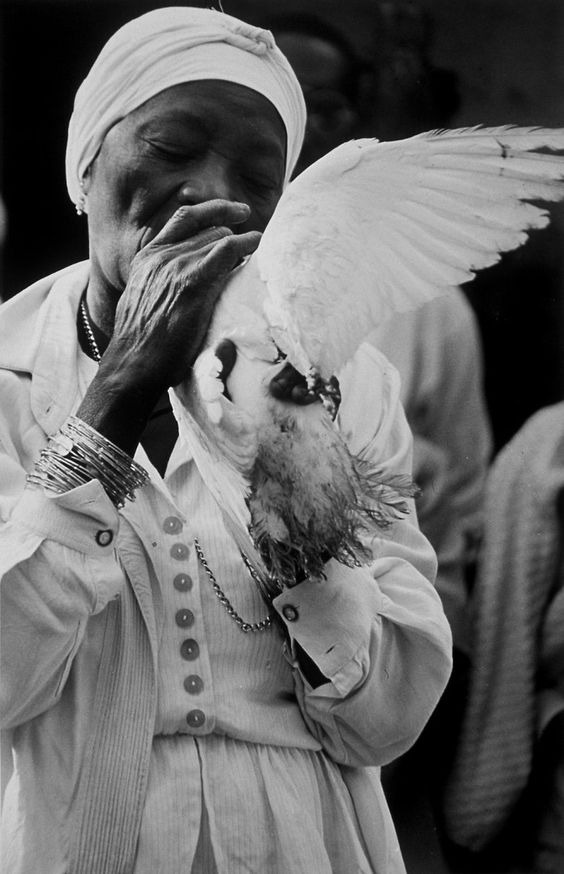
Santera with Dove, Matanzas, Cuba.
Photo: Claire Garoutte
50 notes
·
View notes
Text
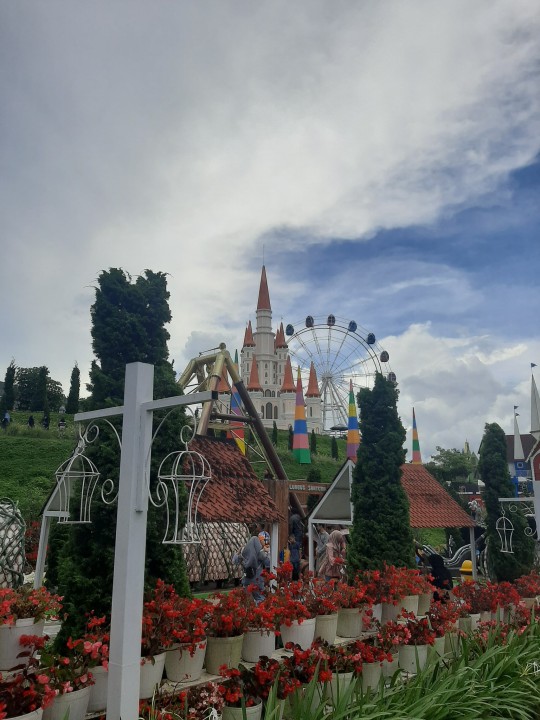
Lets Go Round and Round
#the good place#indonesia#peace#places#photography#holiday#sky#flowers#cloudysky#malang#skyphotography#nature#blue sky#santera#playground#players#escape#castle#garden
4 notes
·
View notes
Text
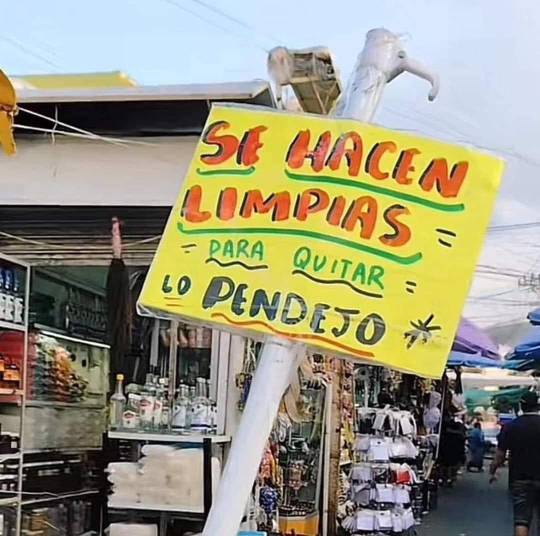
Se hacen limpiezas para quitar lo pendejo
#risas#limpiezas#espiritismo#bruja#pendejo#mercymorn cristabel#cristal#crystals#spiritual awakening#spiritual#spirit#humor#chakras#meditación#santera#espiritista#brujeria#carta#tarotblr#tarot reading#cartas#tarot lecturas
6 notes
·
View notes
Text
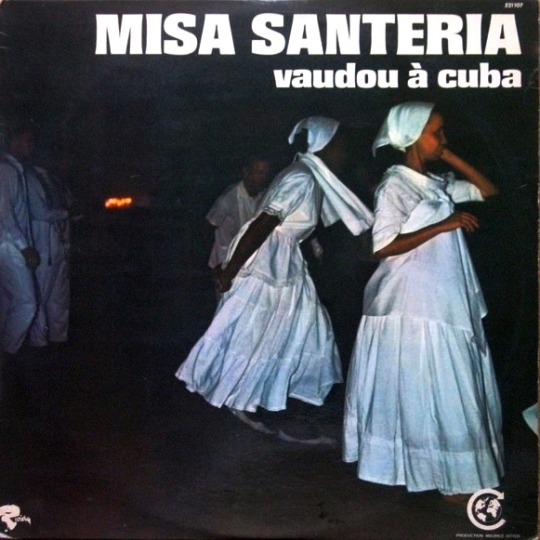
Maurice Bitter (recueilleur et enregistreur) - Misa Santeria: Vaudou à Cuba - Riviera - 1967
#witches#santeras#occult#vintage#misa santeria#vaudou#voodoo#santeria#cuba#riviera#disques riviera#maurice bitter#disque#vinyl#1967
15 notes
·
View notes
Text
the more i delve into my spirituality the sicker i feel.
#a santera woman and i connected#it feels surreal#it also makes her feel sick but ... she wouldn't change it for anything either#caracaracol...#idk but its a lot lol#puerto rican posting
1 note
·
View note
Text
Siempre inclúyanme en un post latino para odiar a EEUU, pero por qué estamos hablando en inglés? Cada vez que en un post de Sudamérica para gente de Sudamérica se habla en inglés, Kissinger toma fuerzas para revivir. Por cada comentario en inglés en este post OP tiene que escuchar una vez "El cóndor pasa" hasta que se nos laven las costumbres gringas.
Every time the copa américa is hosted by the united states an angel dies
#Cortemos el hueveo#andá pa allá bobo#Machitun para lavar lo gringo#Velitas santeras para curar Operación Cóndor
282 notes
·
View notes
Text

Santera/ Spanish Harlem
Source: Gerardo Romo
520 notes
·
View notes
Text
🕯️Baños Espirituales 🕯️

Los Baños Espirituales or Spiritual Baths can be used for a wide variety of things. Generally, we're talking about baths when It's some kind of infusion or decoction made for washing a person specifically, but the same making process can be used to make other washes (for floors, doors and windows, etc.) The term "bath" also includes things like head washes, foot washes, and more.
⚠️This information below is to be used only by my black and indigenous peoples as this was written by an Afro-Indigenous Latina for our people. If you're not one of us don't appropriate, and let this be a source of education only⚠️
Altough we call them baths, normally it's not a thing that you would lay down to soak in. These are 90% of the time something you'd throw over your body and just let it run, more like a shower. To keep the water running is to keep things moving, not stagnant. With some exceptions, of course, like sweet baths or flower baths, where you want to soak in, to literally "soak in" the sweetness and blessings.
Among their many uses, we can categorize them as baños de sal o baños salados, baños amargos o de hierbas amargas and baños dulces.
Baño Salado or Salty bath: A bath where the main ingredient is salt, normally, coarse salt grains. These are done to cleanse and purify deeply and thoroughly a person. After a salt bath you must always do a sweet bath or you'll be weakened to malignant spirits and energies.
Baño Amargo or Bitter Bath: A bath where the main ingredients are bitter herbs, such as. These are done to protect and drive away evil spirits. They're what you'll reach for 99% of the time to cleanse, instead of a sweet bath, as it doesn't weaken the person, but fortifies them, and you don't always have to do a sweet bath afterwards.
Baño Dulce or Sweet Bath: A bath where the main ingredient is sweet herbs, flowers, and things like milk, sugar or honey. Within this category you'll find specifically baños de florecimiento or "flowering baths" done with mostly flower petals and with the specific purpose to bless and fortify a person.
These are just the kinds of baths that are widespread in curanderismo and brujería traditions across all latin america, our shared, common cultural knowledge. There's many other types that are more specific in use, such as baños blancos, which aren't mentioned here for a reason. Those kinds are Religion-specific and have to be learnt from a proper authority within the tradition, such as a mãe de santo, pãe, babalawo, santera, etc. The making of these religion-specific baths involves specific preparations beforehand that have to be followed to honor the Gods and Spirits involved and called to bless you through that bath (cleanse you, protect you, heal you, etc), there's specific songs and prayers to use, often in african or african-derived languages or in indigenous languages, the deep knowledge and initiations necessary to do offerings done before and after to any entities, deities, or spirits involved, etc. Don't be reckless nor disrespectful. That'll completely beat the purpose of the bath you intend to make. Before you run off to try to do something you found online, always consult and respect the guidance of spiritual authorities and learn your ways from respected Elders.
To make your own baño:
If you're using soft parts (leaves, flowers, stems) you'll be making an infusion of these for your wash or bath. Bring water almost to a full boil. Place your herbs on the container you'll be using (traditionally you use a palangana, plastic or porcelain or metal, anything, but any big bowl or basin at hand will do), then pour the water on the herbs and start shredding them, to release their juices. Give them a good massage and mix the water. All the while, say your prayers and give thanks to the water, the herbal allies you're using, the Ancestors, the Creator, and all the Spirits who walk with you and watch over you.
If you're using hard parts (roots, barks, shells, fruits, etc) you'll be making a decoction, "cook" the ingredients in your water and leave it for at least another 5 minutes before taking it out of the stove. Same thing, when it's at a decent temperature for you to put your hands in the water, but still not cold, shred them, massage to release the juices, mix the water, all while praying aswell.
It's recommended to use fresh ingredients, but if all you have is dry herbs, or other dry ingredients (shells, peels, etc) you should also add a little prayer asking the water, the Ancestors, God, whomever you pray to, to revitalize and awaken these spirits to aid in their task.
In ATRs, afrobrujería and afrocuranderismo traditions, as in any african derived practices, is a common recommendation to let the water run from the nape of your neck down, and never touch your hair or head. This is because the Spirit(s) that are located in your Head cannot be washed or in contact with just about any herb or Spirit, and it requires a special care and knowledge to prepare head washes that fit each person's Spirit(s). The only way to learn that is to ask an Elder, a Priest or Priestess of a religion from the same Ancestral Line your Ancestors hail from (and thus, their Spirits). For example, if your Ancestors where taken from Yorubaland: santería, regla de ocha, ifá, candomblé, macumba, umbanda, and a long etc, depending on what region they were settled into on this side of the Ocean. The Priest or Priestess will perform divination for you and ask the Gods (like the Orixá) who rules your head and what kind of taboos you have (including what you can and cannot use in baths).
The simplest Baño Salado includes only coarse seasalt. A simple Baño Amargo would take rosemary or pine, rue and yarrow, no salt, but you can add things like lemon peels or lemon slices. A simple Baño Dulce is milk with sugar or honey and roses, and for a Baño de Florecimiento specifically, flowers of three colors (red, white and yellow, for example) with sugar and a splash of florida water or some alcoholic drink (like vodka or rum), to which you can also add orange blossoms, orange blossom water or simply orange peels/slices.
🕯️May this aid you and yours in your spiritual journey. With love, Nao🕯️
#baños#baños espirituales#banho espiritual#spiritual baths#brujeria#brujería#brujas of tumblr#curanderismo#ATRs#African Traditional Religions
50 notes
·
View notes
Text
JUDUL: Study tour yang menyenangkan
Di sekolah gw mengadakan study tour ke Malang-Yogyakarta, setelah gw mengdengar itu, tentu saya senang bisa keluar Jawa, jadwal keberangkatan nya tanggal 2 minggu, yang bikin malas nya itu masukin baju ke koper, jaket lah atau apalah.
Saya akhirnya menaiki bus dan bus nya melewati rumah saya, disaat bus melewati rumah saya, saya ingin pulang dulu, MAK MINTA DUIT, duit gw disaat itu mau habis, setelah perjalanan panjang, kita istirahat dulu di rest area, sholat disana terus makan disana, setelah kita sholat dan makan, kita berangkat lagi meninggalkan rest area, tiba-tiba saya tertidur di bus berjam-jam sampe tibalah di rest area selanjutnya, kita sholat jama' dan makan, udah itu berangkat lagi, dan ofkors ( of course ) gw tidur lagi, besok nya, tiba lah di Malang, sebelum ke hotel, kita berkunjung dulu ke UB ( Universitas Brawijaya). kita seminar disana 2 jam, sesudah seminar, kita lanjut perjalanan kita ke santera, kita sholat dulu dan makan sebelum ke hotel, itu gitu kita ke bus lagi dan tentu nya gw tertidur lagi, di santera ke hotel cuman sebentar kok, tapi kok gw bisa-bisa nya tertidur lelap, terus kita sampe ke hotel jam 2, disana guru membagikan kunci hotel, sesudah ngambil kunci, gw langsung menuju ke kamar bersama teman-teman urang ( Gathan, Ihsan). setelah tiba di kamar, gw langsung loncat ke kasur, tidur sebentar, udah tidur, sholat ashar, udah sholat ashar, kumpul jam 4 di lobi hotel, kita makan malam di luar sambil sholat jama', udah sholat dan makan, kita berkunjung ke BNS sampe jam 10, udah jam 10 kita balik lagi ke bus menuju ke hotel untuk istirahat, esok nya kita sholat shubuh, terus makan, mandi, lalu jam 9 nya berangkat meninggalkan hotel samara, selanjutnya perjalanan kita langsung ke Yogyakarta, lalu gw ketiduran lagi di bus, siang nya kita sholat jama', udah solat kita makan, udah makan kita berangkat lagi menuju ke museum, sesudah dari museum, kita berangkat menuju Yogyakarta, tiba di Yogyakarta pagi jam 3, sebelum sholat, gw mandi dulu, sholat tahajud dan sholat shubuh, udah sholat, berangkat lagi, gada waktu istirahat, gw ngantuk banget, terus gw tidur lagi di bus gatau sampe jam berapa, tiba-tiba sampe UGM ( Universitas Gajah Mada), udah gitu kita seminar lagi dari jam 9 sampe 11, udah seminar kita langsung keluar menuju rumah makan, rumah makan pedes atau apalah lupa lagi gw namanya, udah makan sholat, terus berangkat lagi menuju ke lava tour, disini gw paling gasuka, tiba di lava tour, gw langsung di datengin penjual jas hujan yang rada maksa lah yah, gw tetep aja nolak, terus kita naik jeep sesuai yang sudah guru atur.
udah naik jeep kita berkunjung dulu bunker yang katanya pernah ada orang yang mati didalem bunker karena letusan lava yang masuk ke dalam bunker, ngeri juga ya cerita nya, terus udah dari bunker kita pergi ke museum naik jeep, udah dari museum, kita main air, gw nyesel pas itu gak beli jas hujan, tas gw basah!!, terus udah itu selesai, yang paling saya gasuka banget teh, pas mandinya, gw mandi tapi cuman yang mandi baju nya doang, gada air, terus udah gitu harus bayar, masa harus bayar sih, udah dari lava tour, kita berkunjung dulu ke Malioboro, gw ama temen-temen gw main dulu disana dari jam 8 sampe jam 11, seru banget gila, udah gitu kita balik lagi ke bus, menuju ke hotel Crystal lotus, gw tidur disana jam 12, terus bangun pagi jam 3 kena POIN, gara-gara si Gathan nyalain tombol mode quiet, aduh ngafbs, udah gitu gw beres-beres lagi karena nanti kita balik menuju pulang jam 10, udah beres-beres, di suruh kumpul dulu di lobi terus ke bus, siangnya gw makan di rumah makan lupa lagi namanya, seperti biasa kita sholat jama', selanjutnya gw beli oleh-oleh buat ortu gw, baju?, gw ga beli, dikarenakan no money, udah beli oleh-oleh, kita ke bus lagi, seperti biasa, gw tidur lagi, udah gitu kita ke masjid sholat magrib jama', udah sholat kita berangkat lagi, dan yah kita udah itu udah gabisa lagi keluar dikarenakan kita sedang menuju pulang, terus besoknya udah sampai di al-bayan, dan ya, sholat shubuh, study tour yang sangat amat absolute peak cinema, saya tidak akan melupakan ini.
19 notes
·
View notes
Text
Me raised catholic/santera : IN THE TRASH WHERE IT BELONGS !
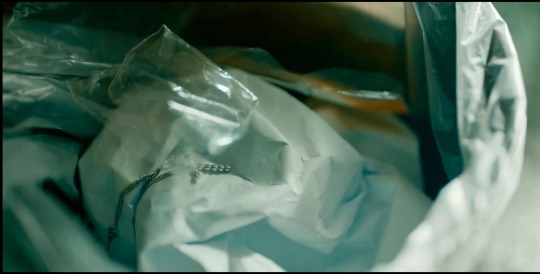
#let free the curse of taekwondo#let free the curse of Juyeong bitch ass mama#hwang da seul#korean bl#tw religious trauma#sin Juyeong
45 notes
·
View notes
Text
Hi! I'm Marisa, and I am:
☆ Old enough to be on Medicare
☆ Of mostly Eastern European origin
☆ An AFAB drag artiste
☆ A witch, a santera and an Episcopalian
☆ Anti-fascist, anti-capitalist and anti-Trump
☆ A big fan of cats, mermaids, nuns, Ukrainian folk art, old movies, books, vampires, folk magic, and my husband ❤️
☆ A demisexual, panromantic demilady
This used to be mostly a fandom blog. I'm trying to put all that behind me now and not be so obsessive over that stuff anymore. Wish me luck! 👍
7 notes
·
View notes
Text
JUDUL:GELATO
Sebelum H-1 keberangkatan,saya dan teman-teman saya melakukan persiapan dan packing untuk perjalanan lima hari,di pagi hari keberangkatan kami disuruh untuk kumpul dulu di lapang futsal untuk mendapatkan kartu yang akan dipakai di koper,setelah itu kami foto-foto dulu lalu menaiki bis.
akhirnya setelah seharian perjalanan kami mengunjungi santera laponte untuk menikmati wahana disana,setelah beberapa jam disana kami akhirnya menuju hotel samara resort, setelah itu kami menuju ke universitas Brawijaya untuk mendapatkan pematerian dari salah satu dosen fisip,setelah mendapatkan pematerian yang sangat seru,kami menuju ke museum angkut yang mungkin menyenangkan, setelah itu kami menuju bns dan menikmati wahana disana, setelah itu kami melanjutkan perjalanan menuju UGM Yogyakarta untuk mendapatkan pematerian, setelah itu kami menuju gunung merapi untuk lava tour.
Setelah itu kami menuju Malioboro untuk menikmati jalanan dan angkringan disana,termasuk gelato yang enak,yang gak enaknya cuman sampe jam 10
Setelah itu kami menuju hotel lotus,untuk istirahat,besoknya kami persiapan untuk pulang dan Tamat
9 notes
·
View notes

